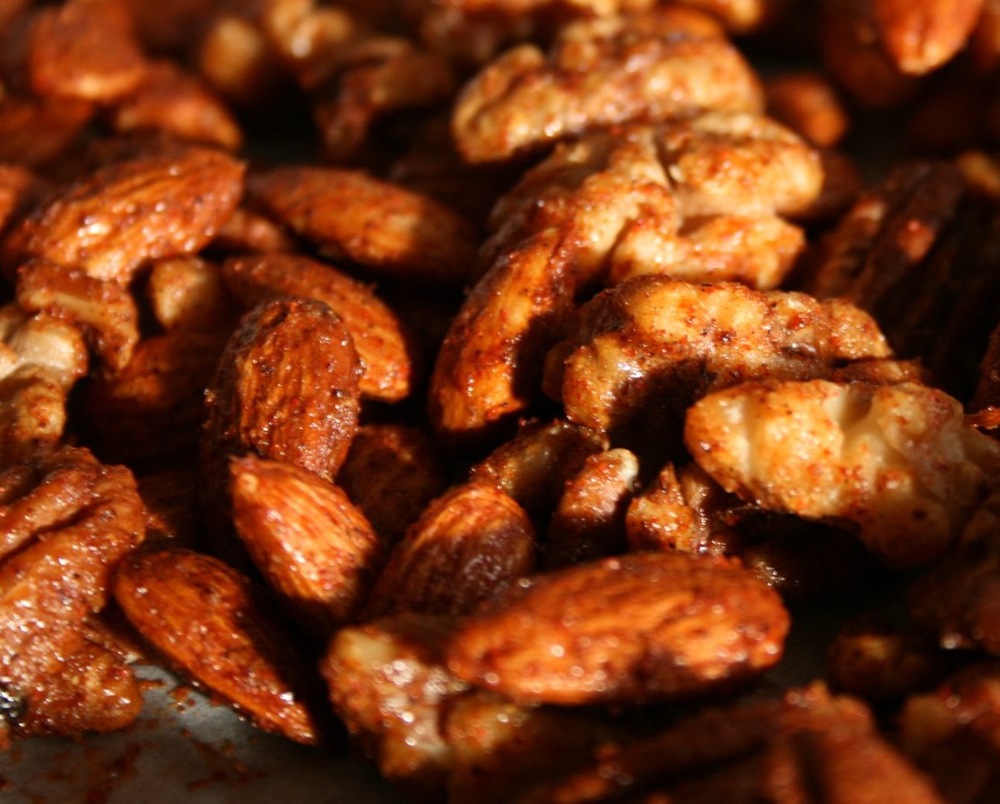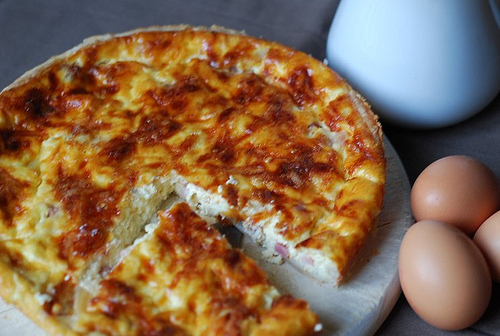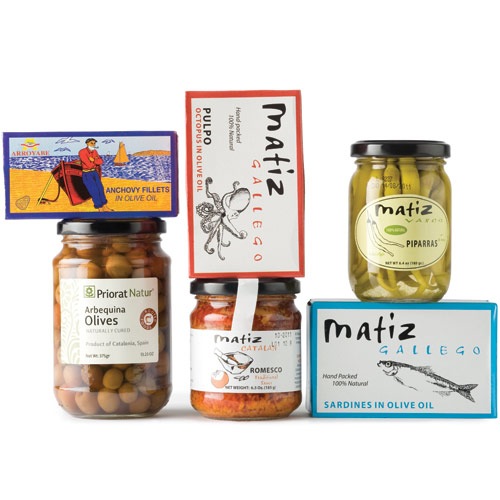With football season started here's my favorite starter. What's Yours?

With football season started here's my favorite starter. What's Yours?

Tuesday night is the Yanks home opener. So while the fans in the stands are enjoying Bazzini's nuts, you can bake a batch of my spiced nuts for the family. This recipe is easy to prepare and great to do ahead; it just requires about an hour to slowly roast. This is one of those treats that can be dressed up or down; and always receives a raised eyebrow of pleasant surprise. I've been told, "George I need to make double batches because my guests ate them all!"
Serve as elegant munchies, pre-dinner snacks or toss a few in a salad. Be creative; and go Yanks! Enjoy.

Spiced Nuts
What's equally as good with high tea, sparking wine, or frosty beer at a tailgate? I have an egg of an idea - the deviled egg. It's one of those hors d'oeuvre platters that spans the occasion ladder from high brow to low brow; which always empties fast, because it is so difficult to have just one. The name deviled implies hot, but need not be. It is simply hard boiled eggs chilled and halved with the yolk whipped into a flavorful filling of a wide variety of flavors such as; mayonaise, sour cream, yogurt, Dijon mustard, etc. You can even spice it up with a touch of cayenne, hot sauce or wasabi. Use a touch of fresh herbs like dill, cilantro or chives, it's a nice touch. Make special occasion up-end garnishes such as chopped proscuitto, crisp chopped pancetta or with a sliver of smoked salmon, sour cream and caviar.
Contrary to what you might believe, the tart quiche originated on German soil and not French. The widely popular classic of French cuisine heralds from an area of the medieval German kingdom Lothringen, aka Lorraine, France.
Years ago the pie was made with just eggs, cream, smoked bacon and bread dough. The word Küche or Küchen is German for cake; believed to be the origin of the word Quiche.
Keep in mind, the Lorraine region has influence from Germany as well as France; so depending on who you ask or where you sampling your Quiche from - you may receive a slight variation of the recipe. Today a Quiche Lorraine is expected to contain cheese and onions, as well. The use of Gruyère cheese is a relatively new addition to quiche in France. Oh and don't expect to taste any Gruyère in your quiche in Lorraine; they are purists - sans the cheese. Too bad, it's a really good modification to the French recipe. In Germany expect onions and no cheese; and it's called Zwiebelkuchen.

I find it interesting to know the classical origin of a dish, but what is more important when making a quiche or any dish for that matter is - what influences the taste and texture of a dish. So for me the appeal is not to stick to its classical roots, but how the melding of cultures and the additions of flavorful savory ingredients, in this case, like onions and cheese have improved on this dish.
As for Real Men Don’t Eat Quiche, the best selling book by Bruce Feirstein, which satirized stereotypes of masculinity; I can assure you based upon all the quiches I have made - real men DO eat quiche!
Tips:
Add 1 Tablespoon flour mixed into filling prior to adding egg/ milk mixture to help set a filling that is too moist, example: tomatoes, mushrooms, etc..
To prevent a raw bottom of quiche, pre-bake pastry dough Blind (8-12 minutes with no color) before filling.
Bake directly on an oven rack. Baking quiche on a cookie or sheet pan will cause the tart or pie bottom to be raw.
Feel free to improvise with flavors, seasonings, vegetables, meats and seafood. Just keep in mind that adding very moist fillings such as mushrooms, tomatoes, etc will affect the custard of eggs and milk or cream.
Better than Quiche Lorraine
recipe by George Hirsch | Makes one 9-inch tart
Prepare George’s piecrust the night prior or at least 1 hour ahead; or use store bought piecrust. Roll out pastry into a 9-inch tart or pie pan. Pre-bake pastry dough Blind (8-12 minutes with no color) before filling.
For the Filling:
1 cup (approximately 6 slices) thick cut or slab bacon, cut into thin strips-'lardons'
1/2 cup sweet white onion, sliced thin
2 green onions, chopped
3 eggs, beaten
1 1/2 cups half-half or milk
Pinch of sea salt and fresh grated nutmeg
1/2 teaspoon each hot sauce, fresh grated black pepper
1 cup Gruyere or good Swiss cheese, shredded
Optional:
2 Tablespoons fresh Italian parsley, chopped
2 Tablespoons Arugula, chopped
Preheat oven to 375F.
Pre heat a sauté pan to medium heat, cook bacon until brown and crisp. Remove bacon pieces and drain on a paper towel. Drain bacon fat from pan; add both onions to pan and cook for 2-3 minutes to slightly soften. Allow bacon and onions to cool.
Place bacon, onion, parsley, Arugula, and Swiss cheese on top of blind baked pastry crust.
In a bowl whisk together the eggs, milk, salt, nutmeg, hot sauce and pepper and pour the mixture over onion and bacon tart.
Bake for 20 minutes, lower temperature to 350F; total baking time is 30 minutes or until egg custard is set. Allow to cool slightly and serve warm or at room temperature.
How about entertaining with a bit of Northern Spain/ South of France influence? Stock up on Olives and Anchovies. Tip: Give Arbequina olives a try - they are grown in Catalonia, Spain and have a buttery flavor with hints of pepper.

Tapenade comes from the word tapeno which means capers in Provence. The addition of sun dried tomatoes adds a little sweetness.
Olive Tapenade
Recipe by George Hirsch | Makes 1 cup
2/3 cup black oil cured olives (Kalamata or Nicoise), pitted and finely chopped
2 anchovy fillets in oil, drained and finely chopped
4 cloves caramelized garlic
2 Tablespoons capers, drained, rinsed under cold tap water and finely chopped
2 small sun dried tomatoes, finely chopped
4 Tablespoons virgin olive oil
1/4 teaspoon freshly ground black pepper
3 basil leaves , chopped
In a bowl, mix together the olives, anchovies, garlic, capers, sun dried tomatoes, oil, pepper, and water. Spread Tapenade on toasted French baguette bread, top with fresh basil, or serve with your favorite sandwich.